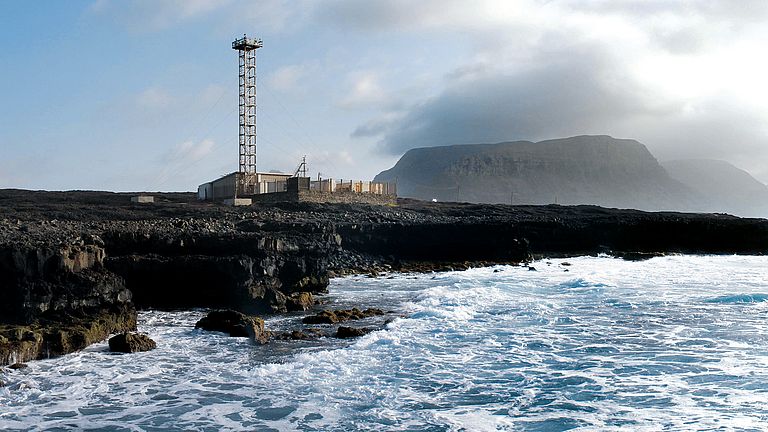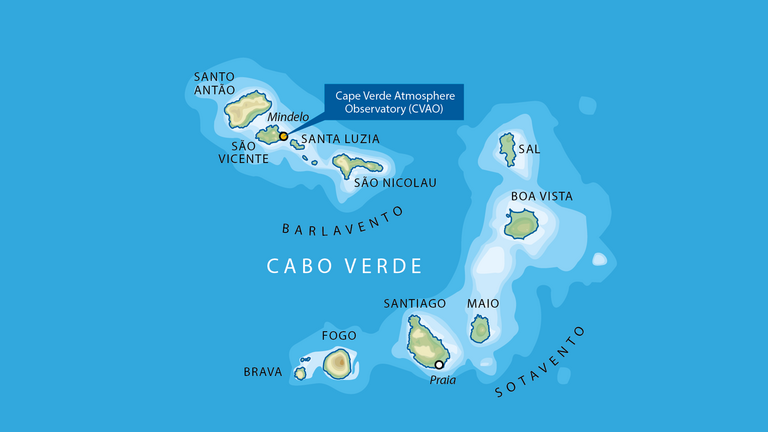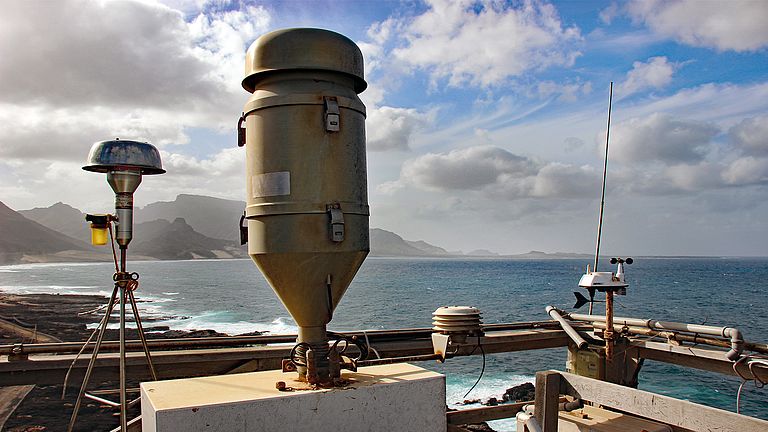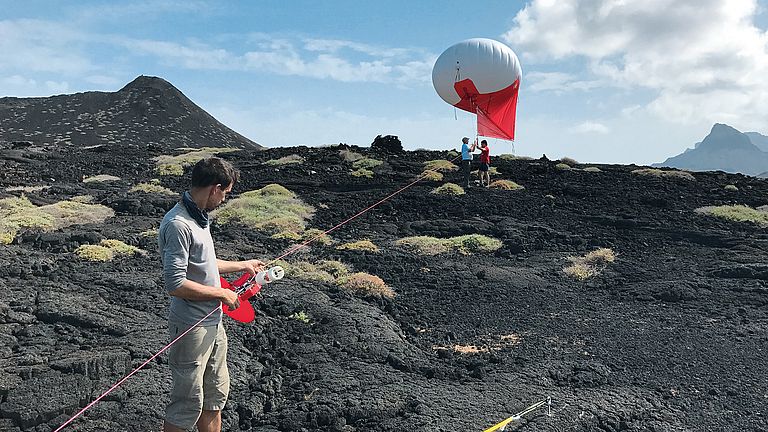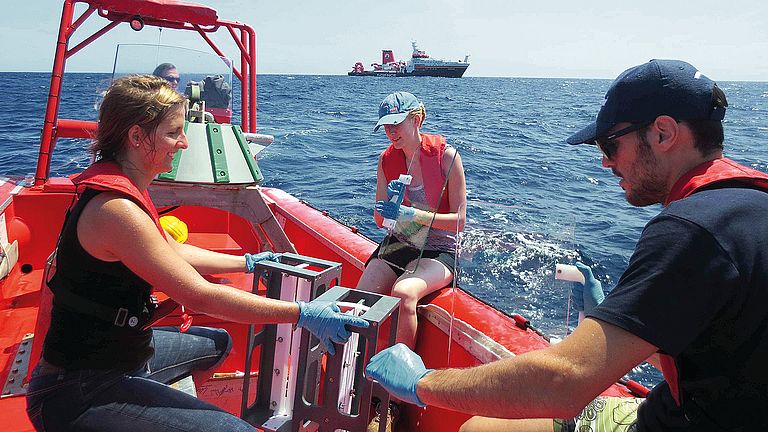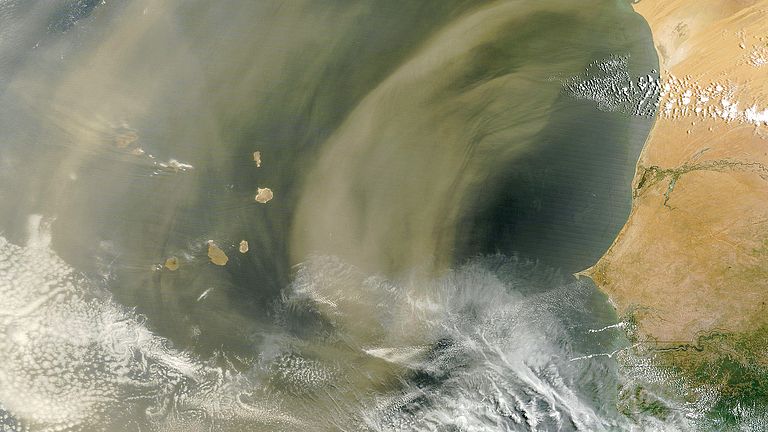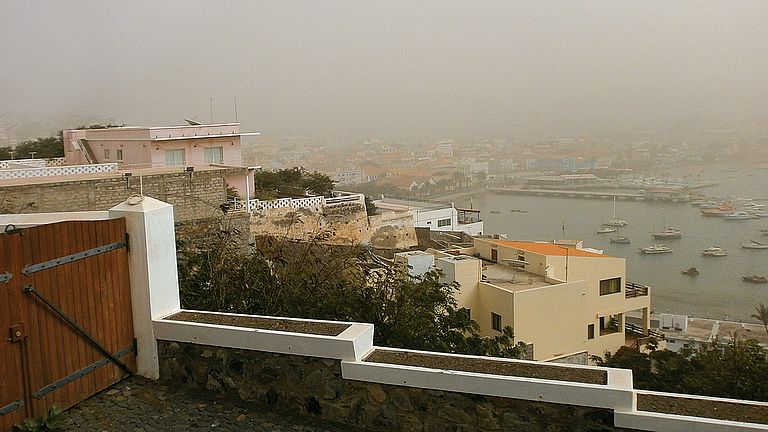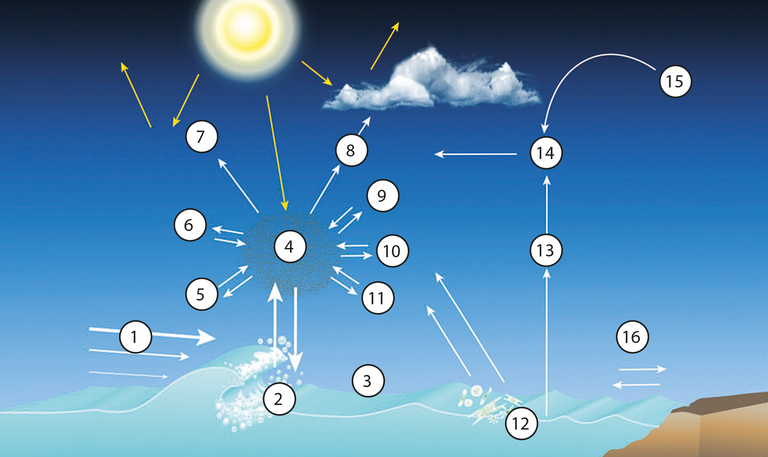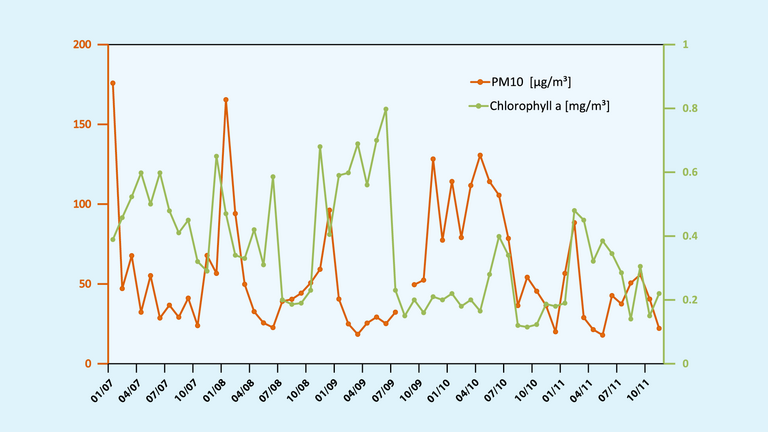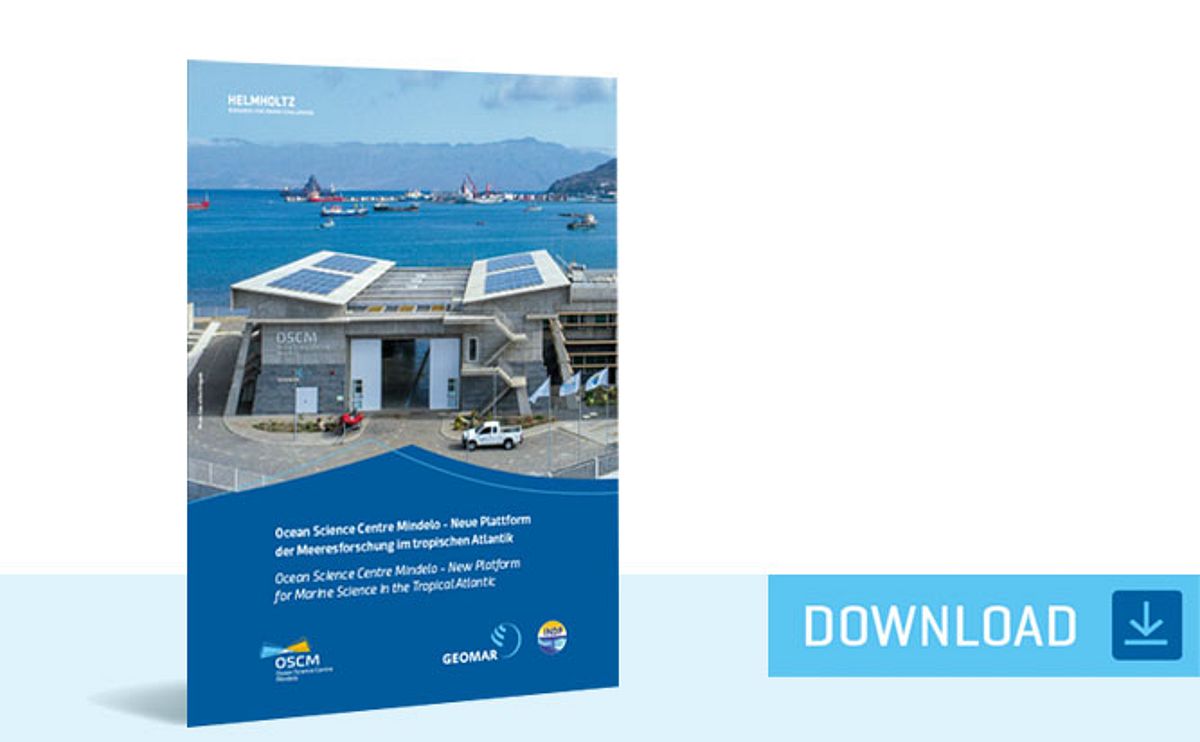Cordula Zenk
Cape Verde Coordinator at GEOMAR
Tel: +49 431 600-4209
E-mail: czenk@geomar.de

Interactions between Ocean and Atmosphere
The tropics play a significant role in the Earth system. Their importance can be seen in examples such as tropical cyclones, the climate phenomenon El Niño, which has a global impact on weather patterns and climate variability, and the role of surface temperatures in the tropical Atlantic for precipitation in West Africa. The tropical atmosphere also acts as a kind of waste incinerator for our planet: High concentrations of OH radicals (reactive trace gases consisting of one hydrogen atom and one oxygen atom) present here cleanse the atmosphere of impurities and greenhouse gases that enter the tropics from both the northern and southern hemispheres.
The Cape Verde Atmosphere Observatory (CVAO)
In operation since 2006, CVAO is a global station of the world-wide network of observatories operated by Global Atmospheric Watch (GAW). It is operated by a consortium of Cape Verde Institute of Meteorology and Geophysics, University of York in the UK, Max Planck Institute for Biogeochemistry in Jena, and Leibniz Institute for Tropospheric Research (TROPOS) in Leipzig. The observatory is named "Observatório Atmosférico de Cabo Verde: Humberto Duarte Fonseca" in memory of one of the most famous Cape Verdean scientists. CVAO is unique in that it is the only atmospheric observatory in the tropical Atlantic. Among other things, the observatory has global visibility by providing high-quality data to the international research community. It is thus an important tool for studying the transport and transformation of greenhouse and reactive gases, aerosols, pollutants, and desert dust from North America, Europe, and Africa over the tropical ocean. Download Animation
The importance of marine aerosol in ocean-atmosphere interactions. Visualization: Christoph Kersten/GEOMAR

Studies of Reactive Gases in Ocean and Atmosphere
The ocean is both a sink and source of reactive trace gases that are important to our atmosphere. These gases contribute to global warming and aerosol and cloud formation, as well as ozone depletion and other chemical reactions in the troposphere and stratosphere. All processes have implications for our ecosystems and human health. Trace gases from anthropogenic emissions on land and from ships are transported across the ocean, taken up by surface waters, and interact with ocean chemistry and biology, altering natural biogeochemical cycles and acting as food, fertilizer, or toxins for marine organisms. Phytoplankton, bacteria, and macroalgae, as well as dissolved organic material in seawater that reacts with sunlight, can also release reactive trace gases that participate in atmospheric processes.
To forecast future climate affected by global environmental changes, it is important to show how the ocean determines the atmospheric budget of reactive trace gases. Processes in the tropical oceans that control emissions of these gases above the ocean surface are important to the chemical composition of the entire atmosphere. Thus, continued research in these regions is critical to understanding and addressing our future challenges.
Dust Transport across the Atlantic
Mineral dust is an important type of aerosol that originates from the suspension of soil particles in arid regions by strong winds. The Saharan desert is a major source of mineral dust. Continental winds transport and deposit high amounts of Saharan dust to the Caribbean, America, Europe, Amazon basin and the Atlantic, affecting amongst other properties air temperatures and the biogeochemistry of the ocean.
The deposition of mineral dust to the ocean provides nutrients that are important for the growth of phytoplankton which are the basis of the oceanic food chain. Phytoplankton blooms influence the atmospheric oxygen and carbon dioxide budget, carbon fixation, and the biodiversity of the ocean. Mineral dust also depletes the organic matter content of the ocean’s surface. It serves as a substrate for the aggregation of organic matter and transports the organic matter into the lower ocean as it sinks.
At CVAO, long-term measurements are performed to determine the seasonal patterns of dust concentration and investigate its physical properties and chemical composition. In particular, the deposition fluxes of important nutrients such as phosphorus, nitrogen, iron, zinc, silicon, and dust are evaluated and the underlying atmospheric processes that control their solubility and bioavailability to marine organisms are investigated. These data provide a base for the interpretation of measurements on the oceanic response to mineral dust input performed at CVOO such as the variation in primary productivity.


